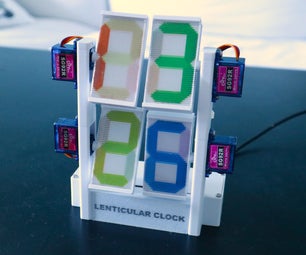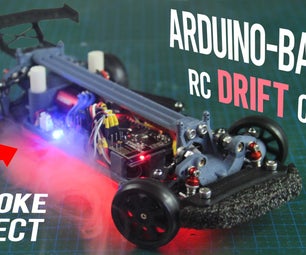Introduction: IoT ESP8266 Series: 1- Connect to WIFI Router
This is part 1 of an "Instructables" series dedicated for explaining how to make an Internet of Things project using ESP8266 NodeMCU that aims at reading and sending data to a website and making an action using the same website.
ESP8266 ESP-12E Development Board will be used. This board is based on ESP8266, integrates microcontroller capabilities and WIFI in one board. It could be coded like arduino.
This instructable will show you how to configure it and program it using arduino IDE. You will implement two projects:
- Blinking an LED
- WIFI connection and IP-address print
Step 1: Download the Arduino IDE and ESP8266 NodeMCU Driver
- Download its driver from this link CH341SER.zip or from attached file.
- Download Arduino IDE.
Attachments
Step 2: Configure ESP8266 NodeMCU As an Arduino
3. Start Arduino and open Preferences window.
4. Enter http://arduino.esp8266.com/stable/package_esp8266... into Additional Board Manager URLs field.
5. Open Boards Manager from Tools . Enter esp8266 intro the search field to install ESP8266 platform
6. Go to Tools > Board menu, then select your ESP8266 board.
7. Go to Tools > Port. Connect your ESP.
Step 3: Run Blinking LED Program
This program needs no circuit. It will use a built-in LED which is connected to:
The pin named D4 or GPIO 2
For more information about hardware see this link https://github.com/nodemcu/nodemcu-devkit-v1.0
Download the attached program
Enjoy!
Attachments
Step 4: Connect to a WIFI Network
This program will connect your ESP to a WIFI network and print its IP address on your arduino serial monitor.
You need to modify your ssid and password
const char* ssid = "YOUR WIFI NETWORK NAME";
const char* password = "YOUR WIFI PASSWARD";
make sure that the Baud rate in the program and your serial monitor window are the same
Attachments
Step 5: See Next Instructable
See part 2 to learn how to send your sensor data to one of the popular IoT free cloud service https://thingspeak.com.












